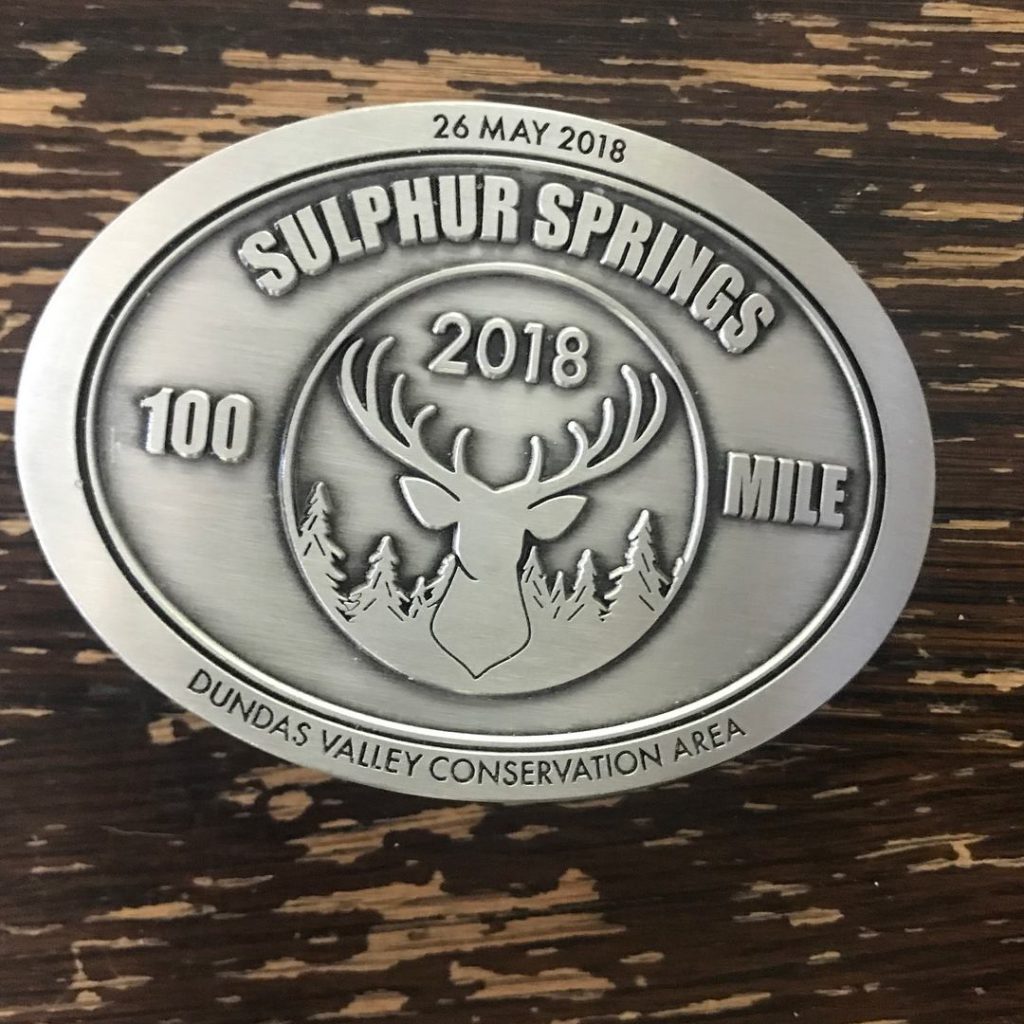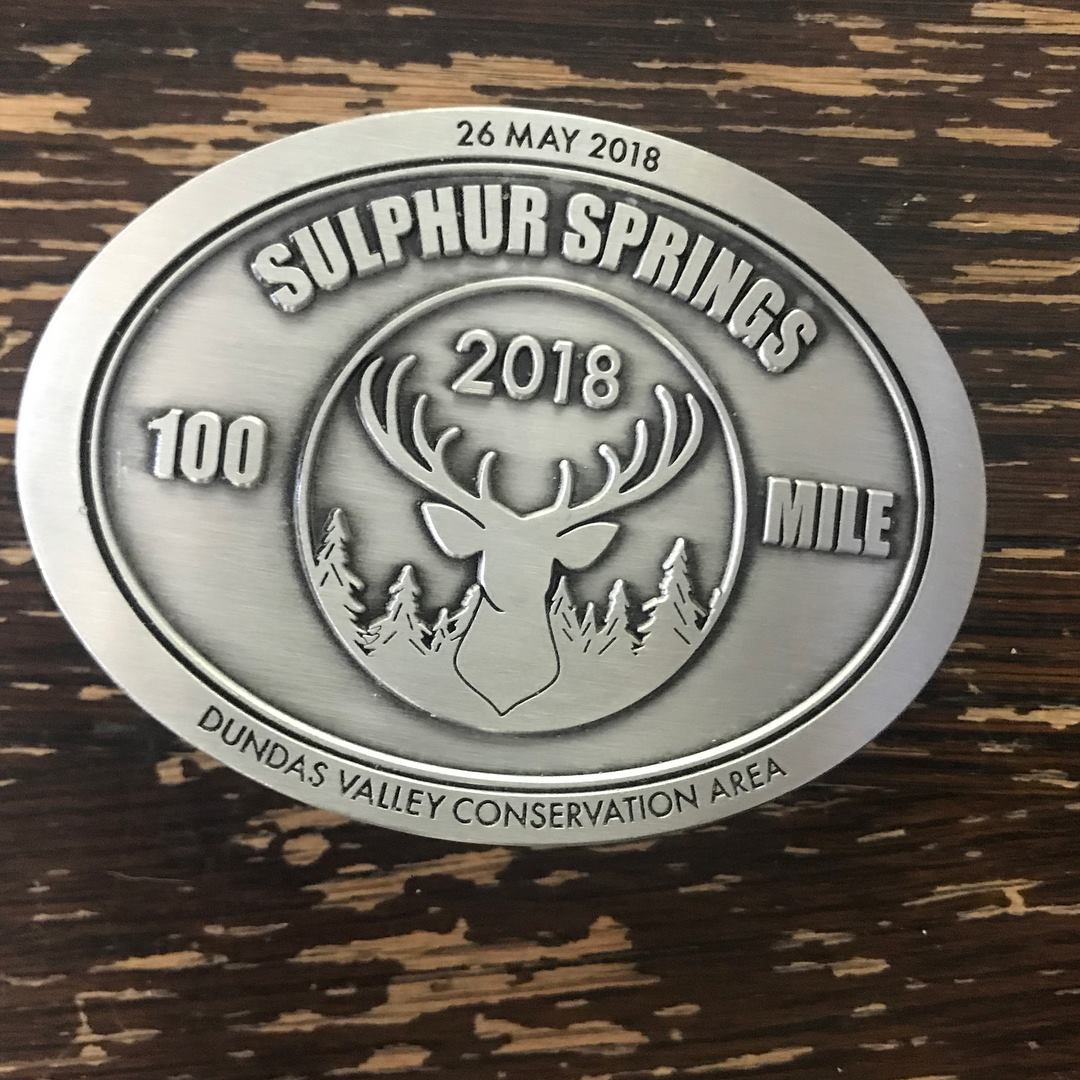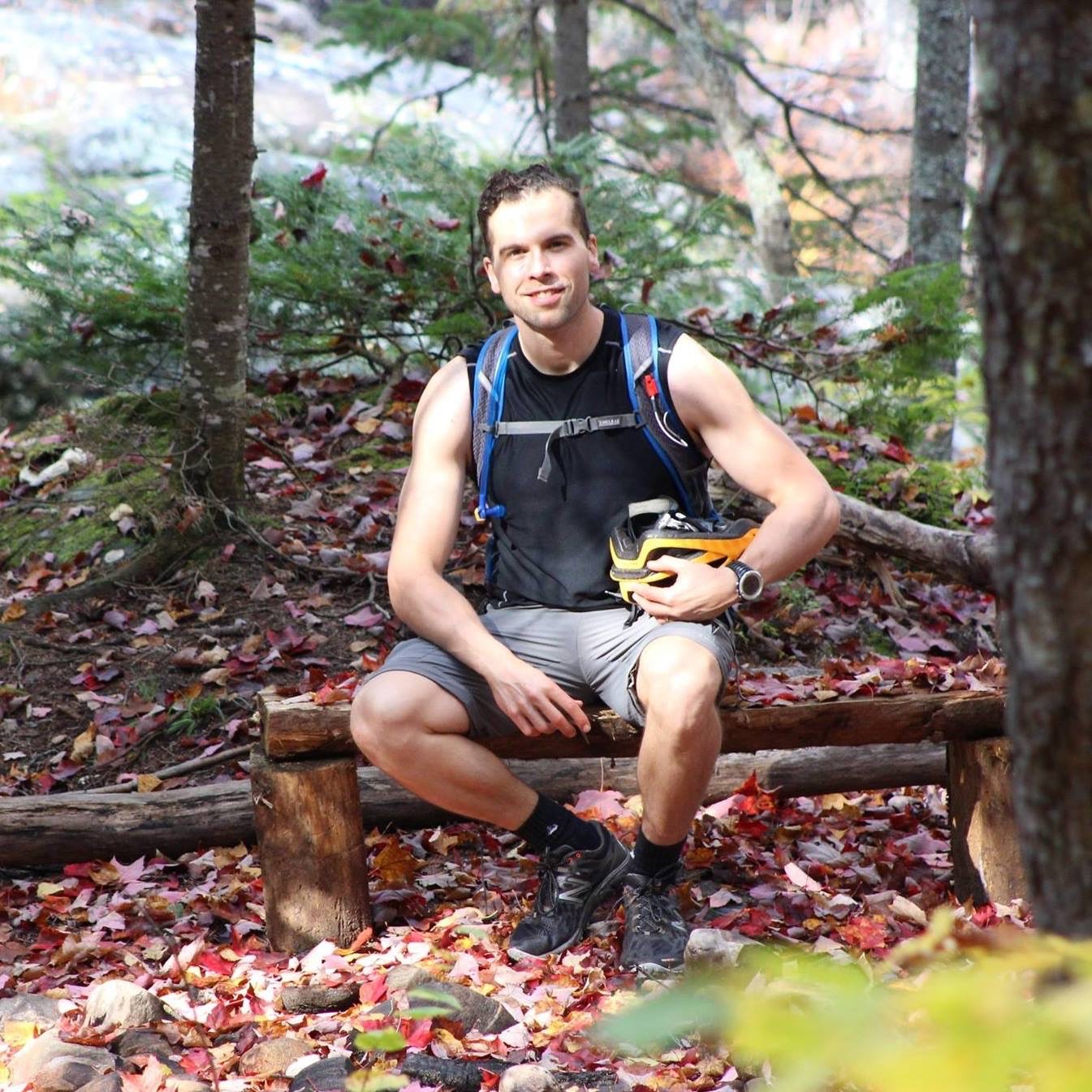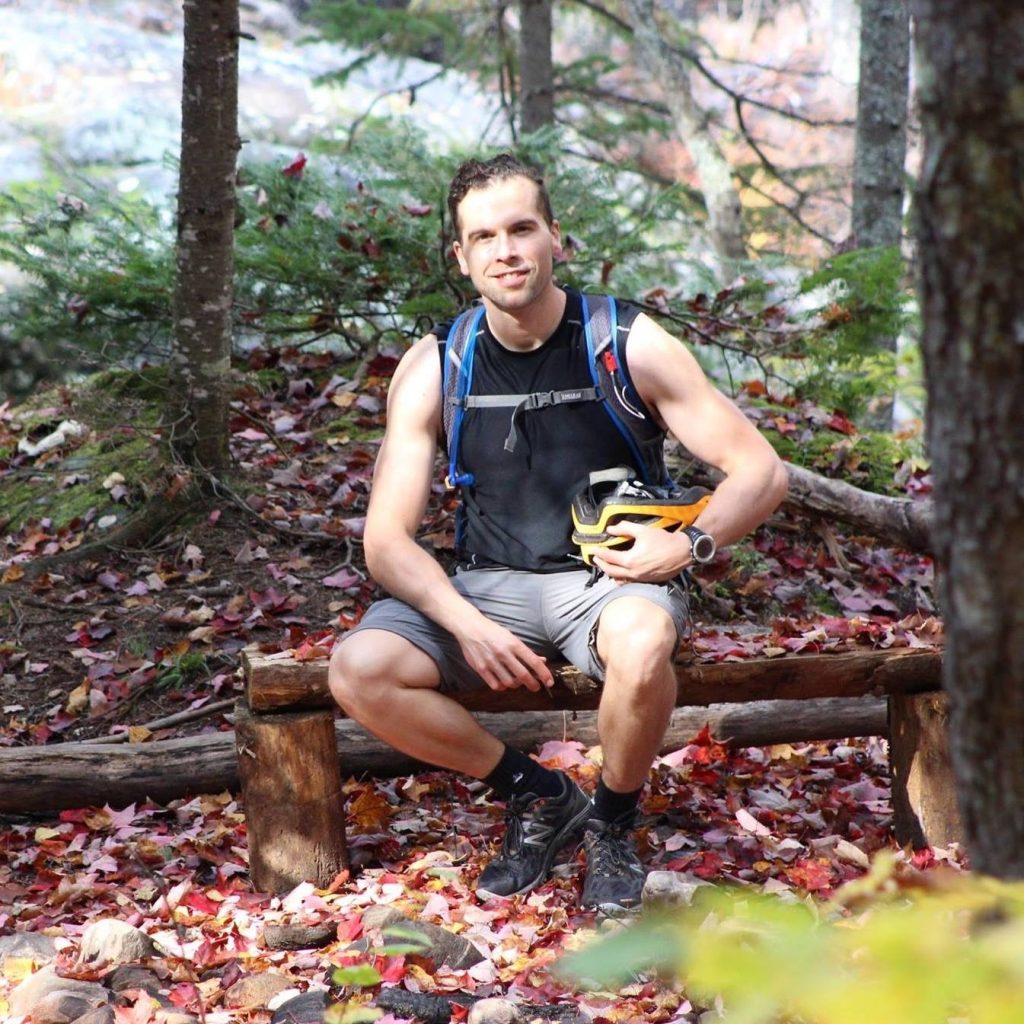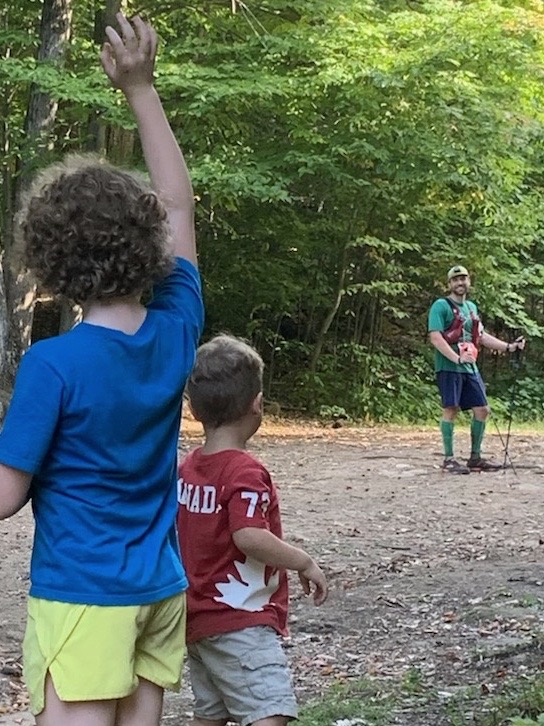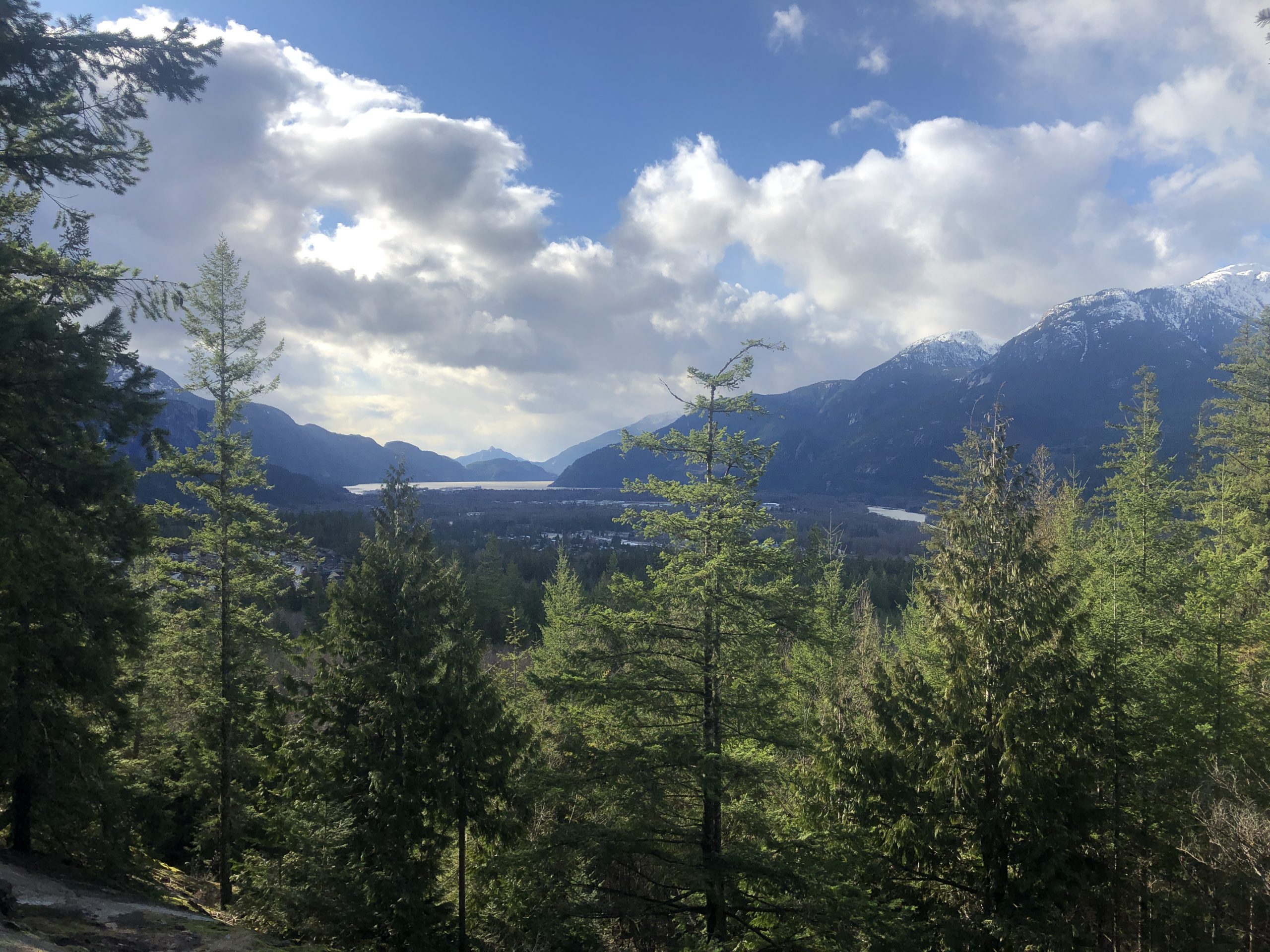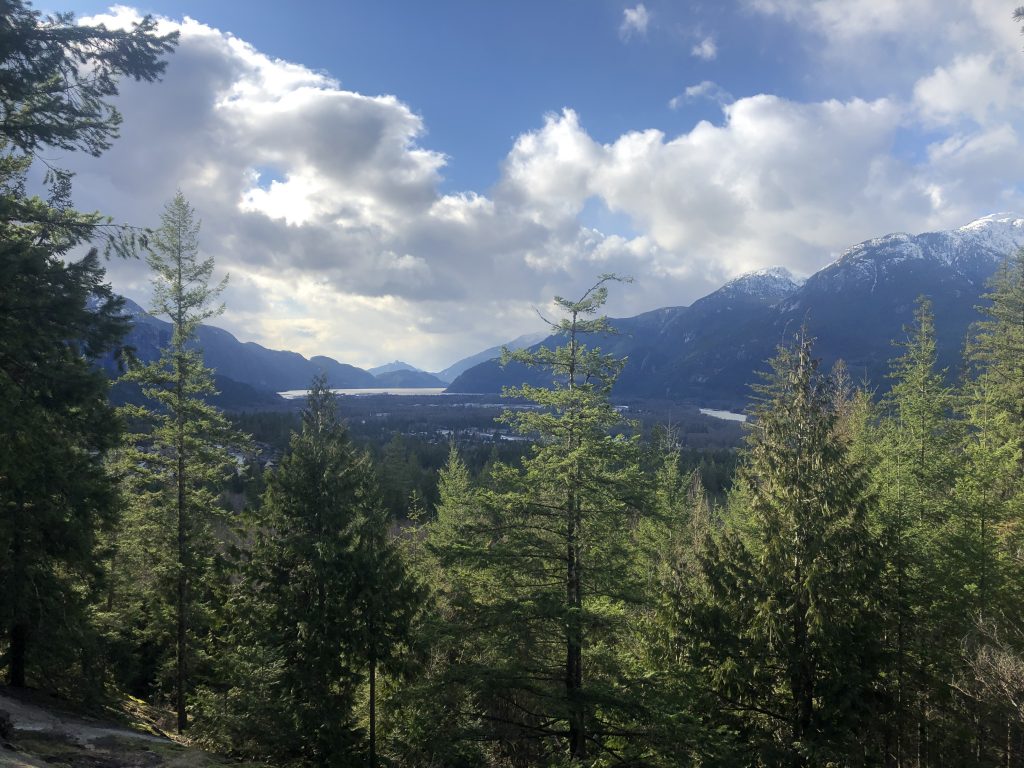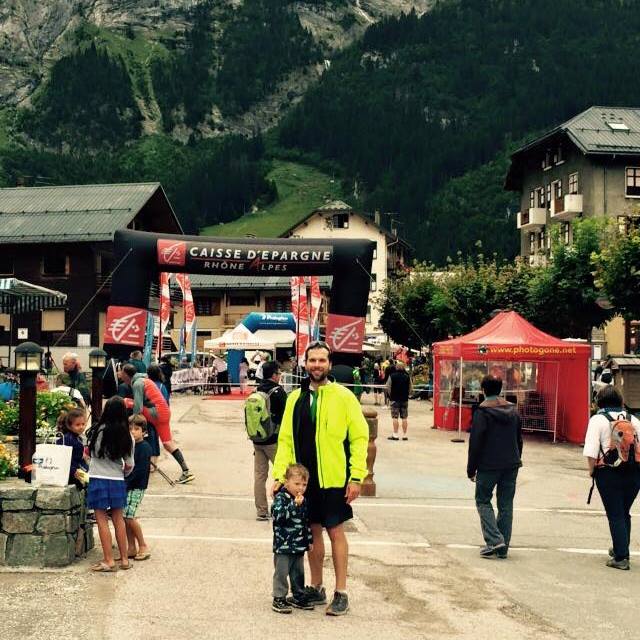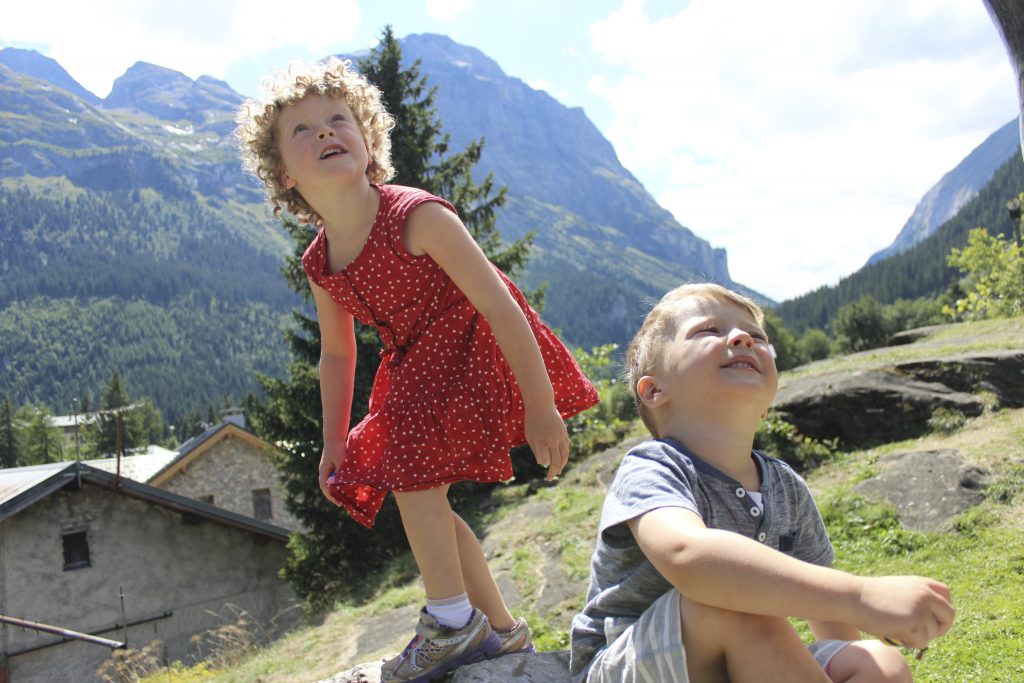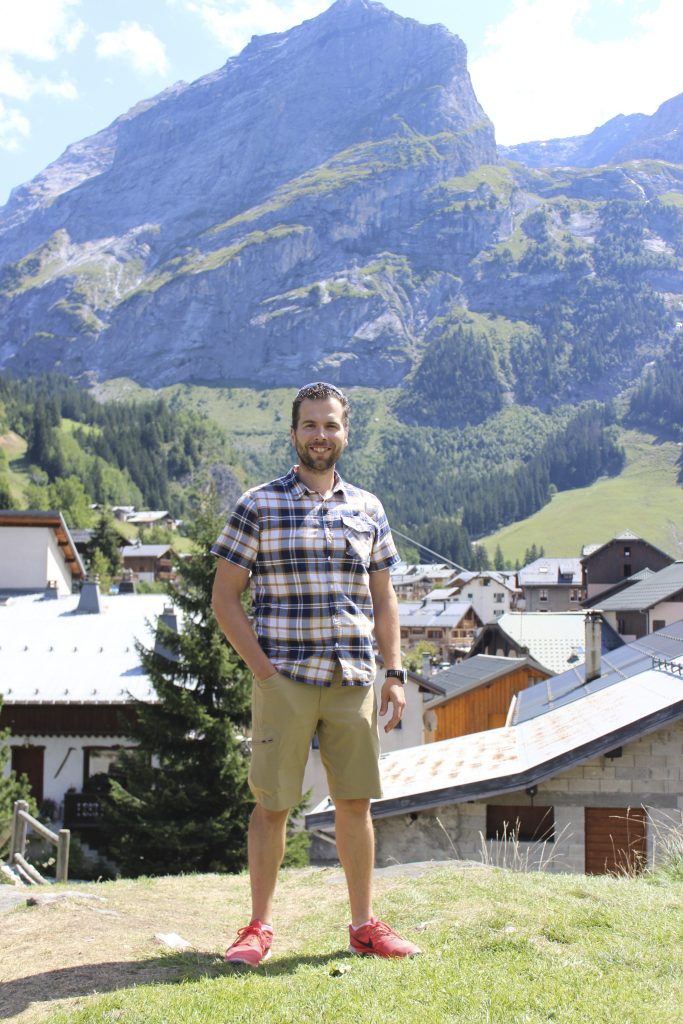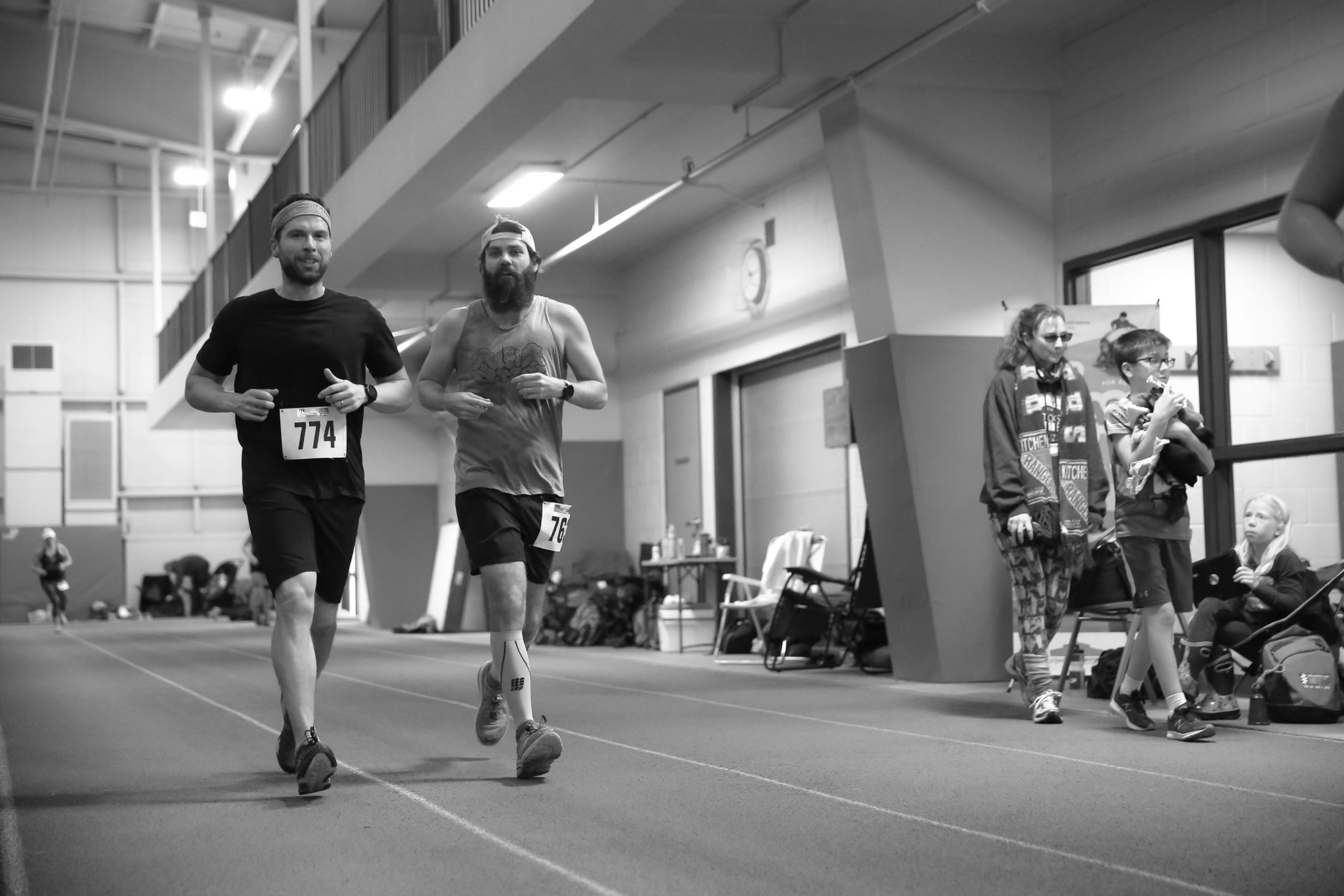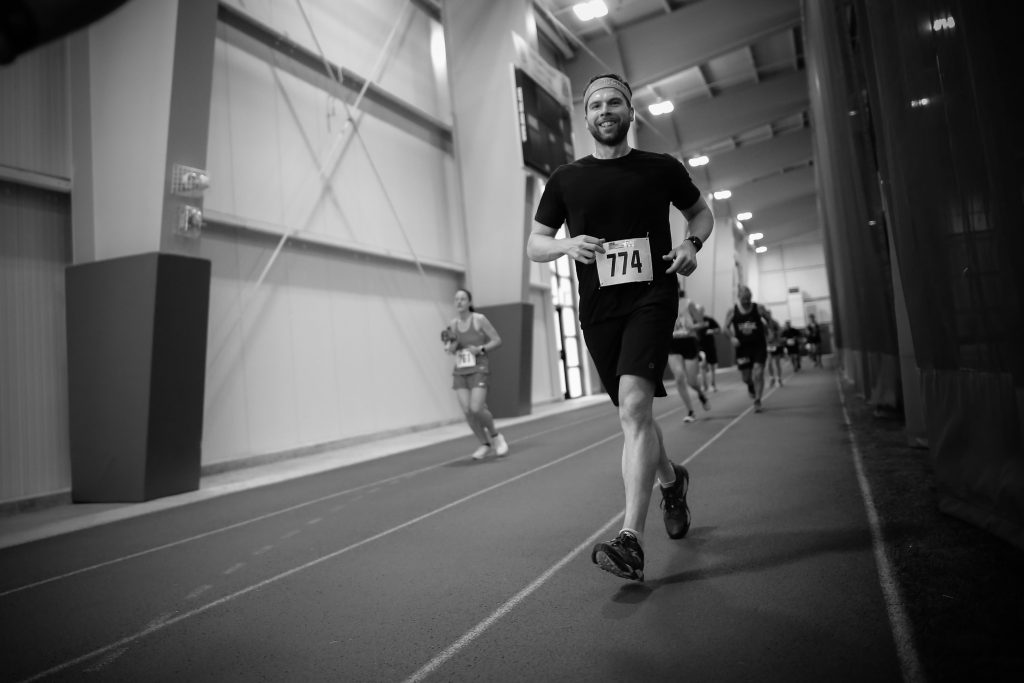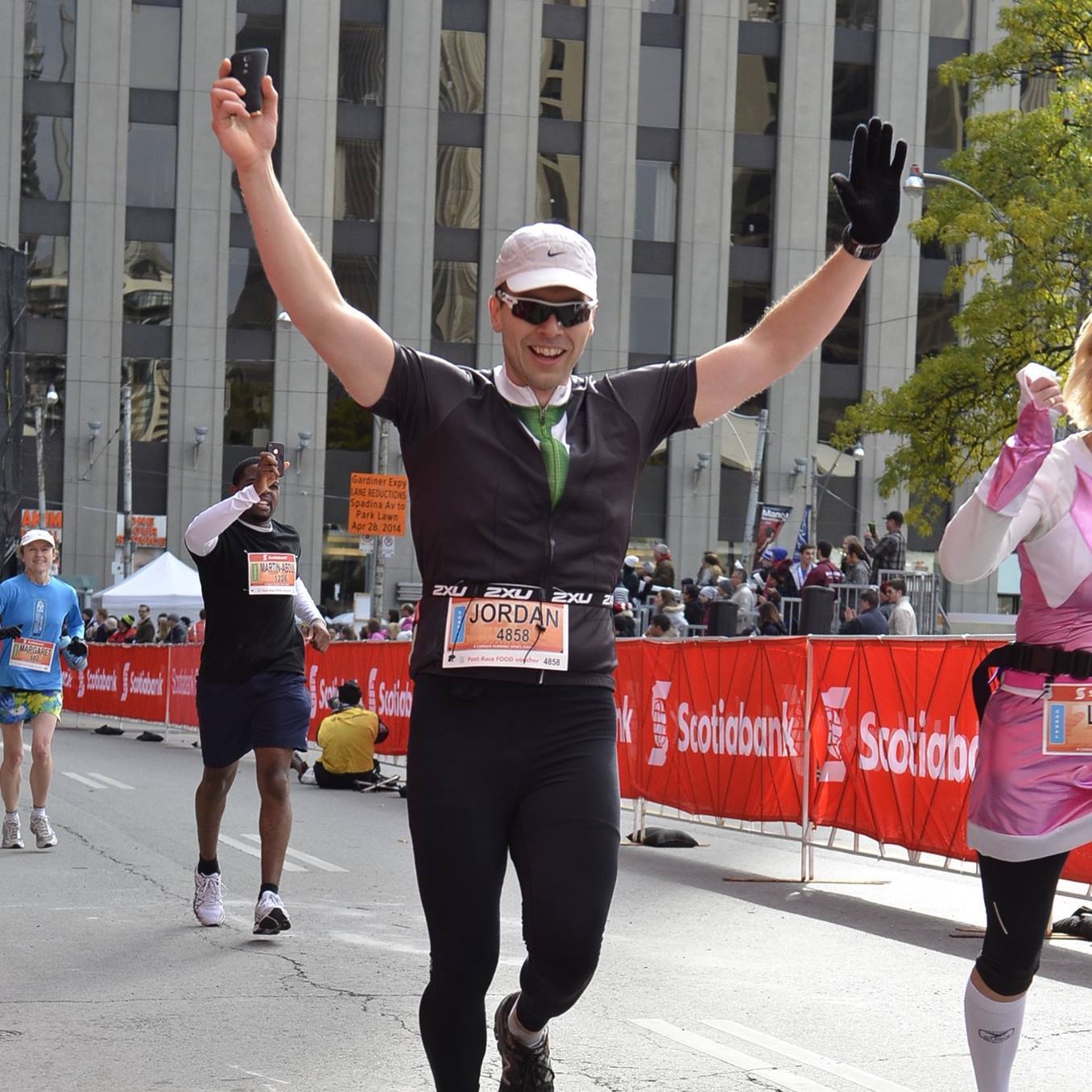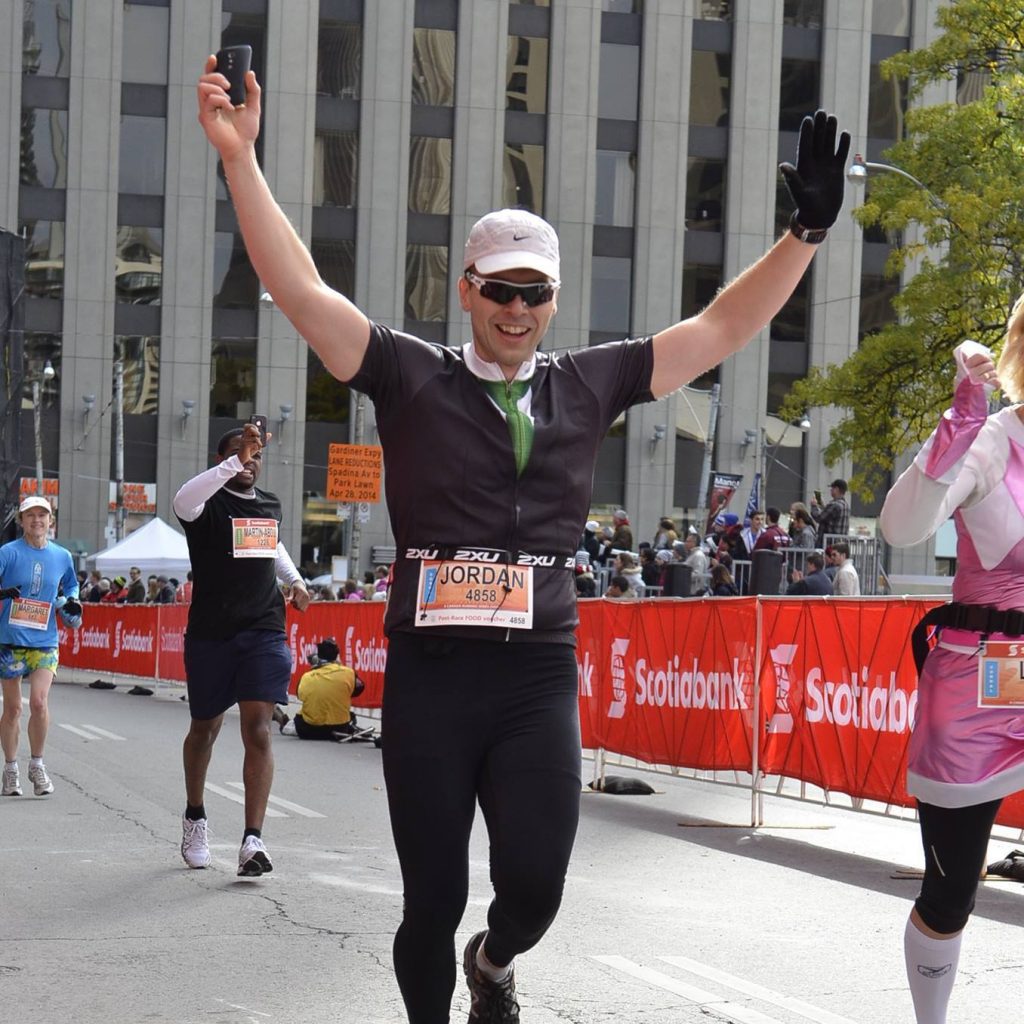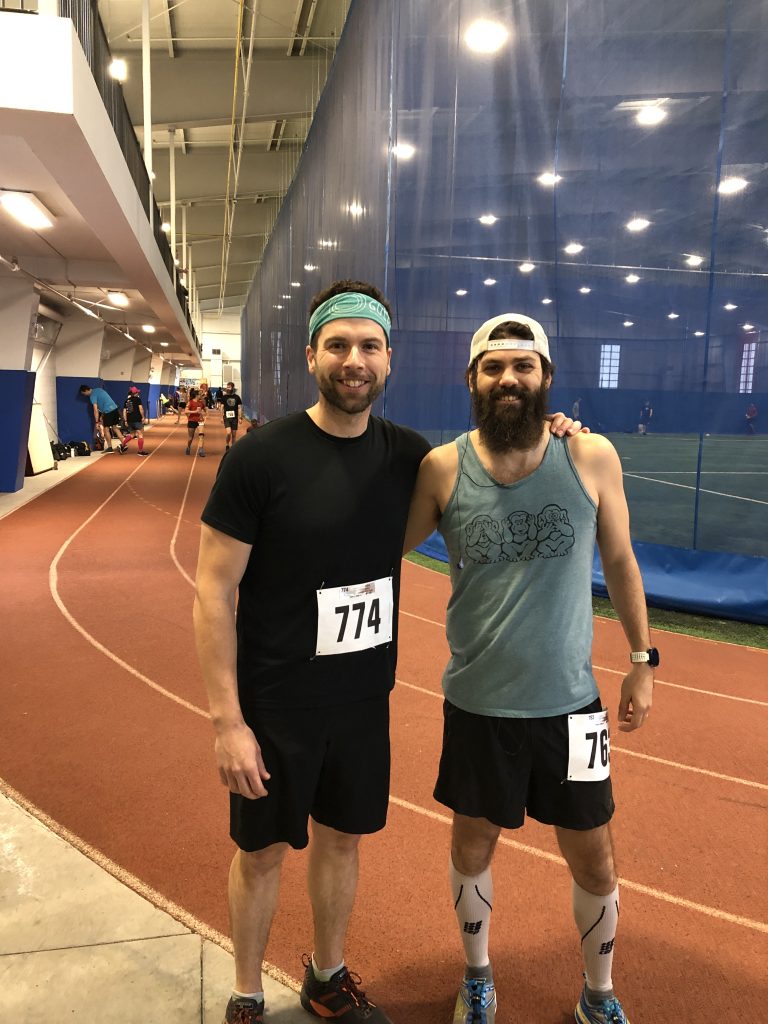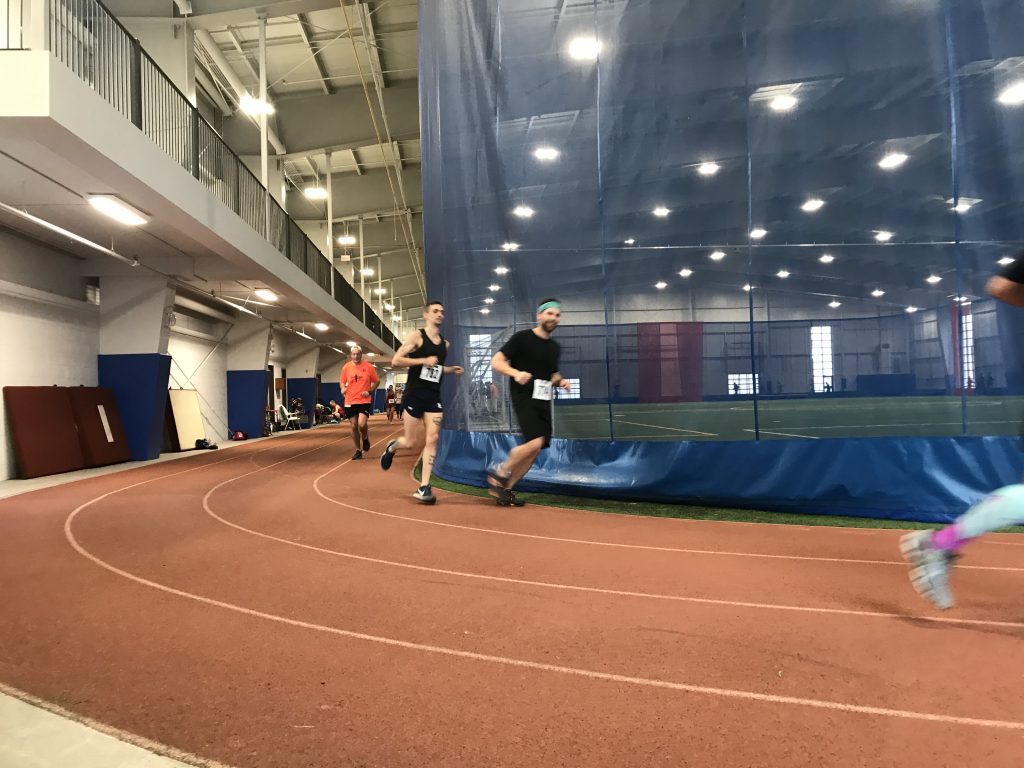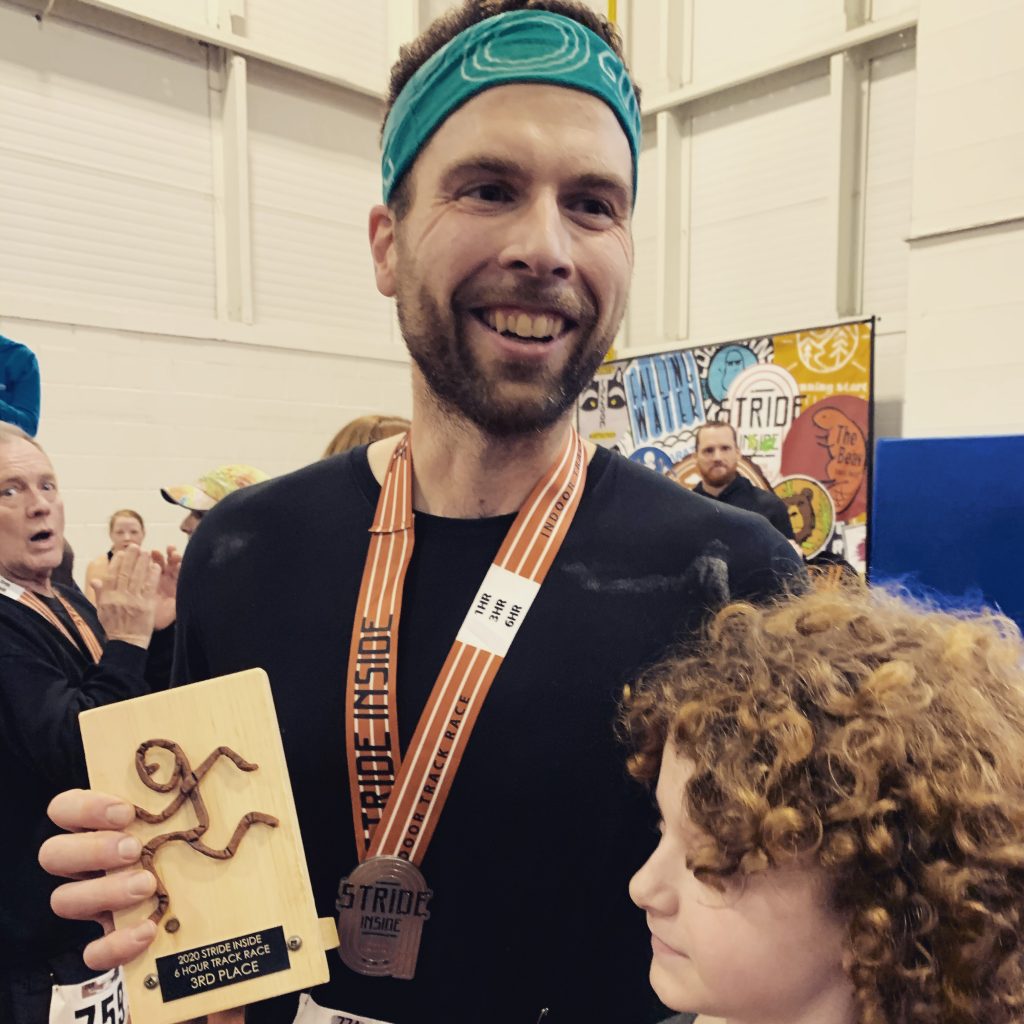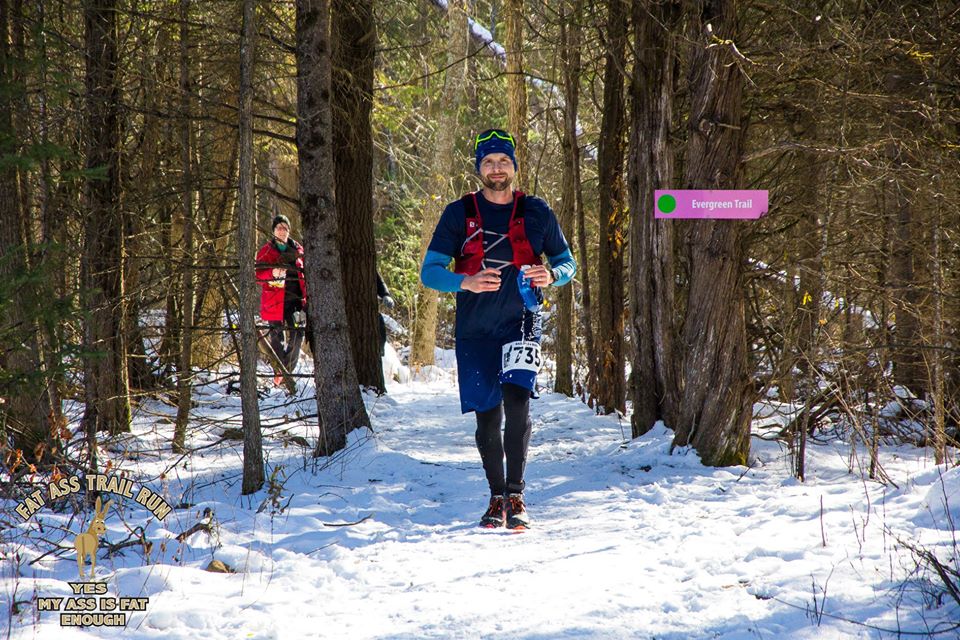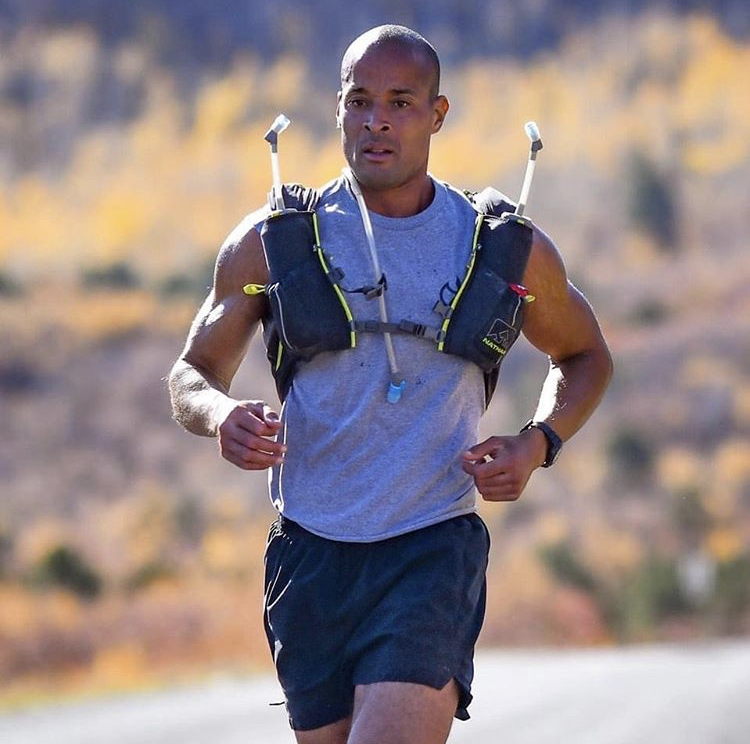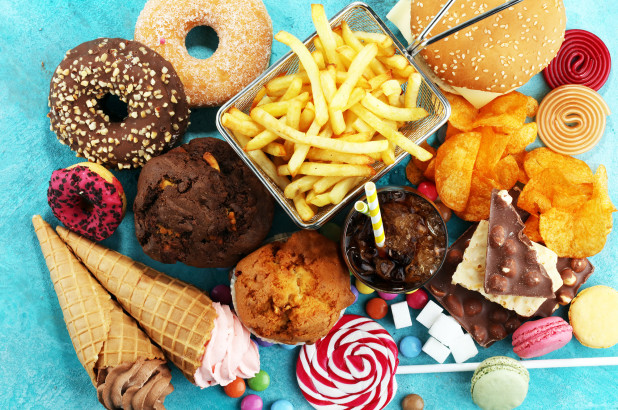I wanted to register for the 100km race when I logged in to the Sulphur Springs trail race website – it was the Fall of 2018. The only thing was that I couldn’t find the 100km option – the race directors got rid of it. I thought that I’d sign up for the 100 mile distance and only run 100k. I sent my friend Chris a text message to let him know.
“You’re going to sign up for the 100 miler and run the 100 miler,” was Chris’ response.
Running 100 miles at Sulphur really scared me. Could I run 100 miles after getting beat up during the Sulphur 50km race, two years ago? I got very dehydrated and ended up peeing blood towards the end of the race. I finished the 50km but Sulphur still scared me. Chris’ text message had an effect on me though. Why not run 100 miles if I was going to sign up for it? It was unlikely that it was going to be as hot as the time that I ran 50km. I held my breath and clicked the register button – I was going back to Sulphur.
I kept a close eye on the weather in the weeks leading up to the race. It was becoming more evident that it was going to be very hot. I checked the forecast three days before the race and had to accept that it was going to be 34°C, the same temperature as the last time that I ran Sulphur.
Encouraged by Chris, I decided to treat the heat like a challenge rather than an insurmountable obstacle. I spent a good amount of time working on a heat strategy a few days before the race. I planned to take at least one salt pill every half hour without fail. I would also run with my two 500ml water flasks in the front of my hydration vest and I keep a 1L bladder in the back of my running vest. I would chug 1L of water every time I completed a 20k lap.
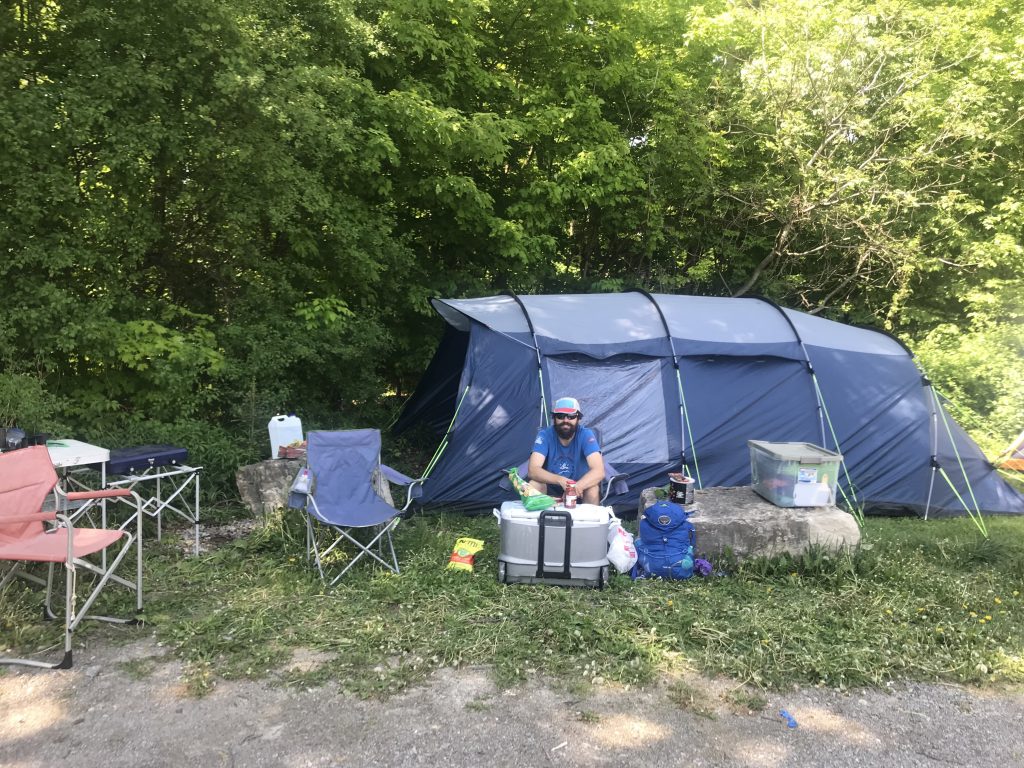
I took the whole day off work, the Friday before Sulphur Springs. I learned my lesson from my previous race at Sulphur. I wanted to be fully rested before my run and I knew that working hard the whole day on Friday would make me feel tired on Saturday. Chris and I got to the start/finish area just after lunch time to set up base camp. It didn’t take very long and we had the rest of the day to lounge around in lawn chairs, listening to music.
Chris and I went to the 100 mile dinner and race briefing at 5pm. The race director (RD) was also named Chris, and he told us about the 30 hour cut off and some details about the course which was made up of eight, 20km loops. RD Chris also addressed the weather.
“Some years it’s cool and other years it’s hot. This year, it’s going to be stinking hot. Be prepared for it. It was stinking hot two years ago and we had the most finishers ever for our 100 mile race. The reason for this, is that racers slowed down when it got too hot,”.
Joe joined us later in the evening and we all went to bed early.
I got up at 4:30am to get ready for my 6am start. I lined up mid-pack behind the start line with the 100 mile and 50 mile racers. I was glad to be among these racers instead of just being a spectator like two years ago. RD Chris counted down from ten and the race started with some cheers. Chris and Joe came to see me off and cheered while I ran past. It felt amazing and surreal to start my first 100 miler.
The first two loops were going well and were uneventful. I was running at a good pace, drinking a lot of water and taking my salt pills. As expected, it started to get really hot at around 11am – the temperature rose to a humid 34°C. I was putting ice under my hat at each aid station which was a big help. The heat was slowing me down, I finished my third loop in around 3h30m where I had finished my previous two loops in under 3 hours. Fortunately, it was overcast and most of the Sulphur Springs course is shaded by trees. I finished loop 4 in another respectable 3h30m.

I ran my last loop without a pacer and came into base camp at around 9:45pm. I was excited to see my wife Lindsay, my kids and my in-laws. I got loud cheers as I approached and had a nice chat with everyone. I finished this loop in 3h45m which was okay. It was great to see my family and I felt refreshed after it. I needed to eat something substantial but my stomach was bothering me. I was taking energy gels every 45 minutes and forcing down food at aid stations like cooked potatoes dipped in salt, potato chips, bananas and candy. I couldn’t stomach solid food at this point though. I took an energy gel and started my sixth loop with cheers from my family. I was excited to have Joe join me as a pacer. It was great to have a running partner after being alone on the trail for so long.
Joe and Chris relaxed at base camp most of the day and Joe was ready to run when he joined me. I was moving really slowly and Joe got way out in front. Joe wanted to do a slow run but he ended up doing a fast hike and I still couldn’t keep up. Despite moving slowly, we were having a nice time running at night. We almost had a full moon and we were enjoying the calm and the silence of the woods. We were about half way through the loop when Joe asked me if I had eaten any solid food. I told Joe that I was taking gels but that I couldn’t handle any solid food.
We got to the last aid station before base camp and Joe decided to intervene.
“What’s the highest calorie food that you have here?” Joe asked the volunteer at the aid station.
“Well, we have butter tarts,” said the volunteer.
Joe picked up three large butter tarts and handed them to me.
“Here, eat these,” said Joe.
I reluctantly took the butter tarts and carried them with me for the 5km back to base camp. I finished this loop in four hours which was slow. I noticed that Chris and Joe were talking while I was filling up my water at our tent. I walked over to Chris and Joe to see what was going on.
“You’re really slowing down, you need to eat some real food,” said Joe.
“You’ve got to eat those butter tarts now,” said Chris.
I ate two of the butter tarts and then I doubled over with hands on my knees. I thought that I was going to throw up. I decided that I was less likely to throw up if I started moving again. It was around 4:30am and Chris was going to pace me on this loop. Chris and I had been running for about 5 minutes when I started to feel much better. Just like Chris and Joe said, the butter tarts re-energized me and I started to pick up the pace. We got to the next aid station about an hour later and the aid station volunteer asked me what I wanted. Chris almost fell over when I asked for butter tarts. Unfortunately, they didn’t have any butter tarts but they did have some peanut butter and jam sandwiches and I ate a good helping. My stomach ached again but I got over it in about 15 minutes and continued to feel better. I ran a really good loop with Chris and I was in good spirits as I came back to base camp.
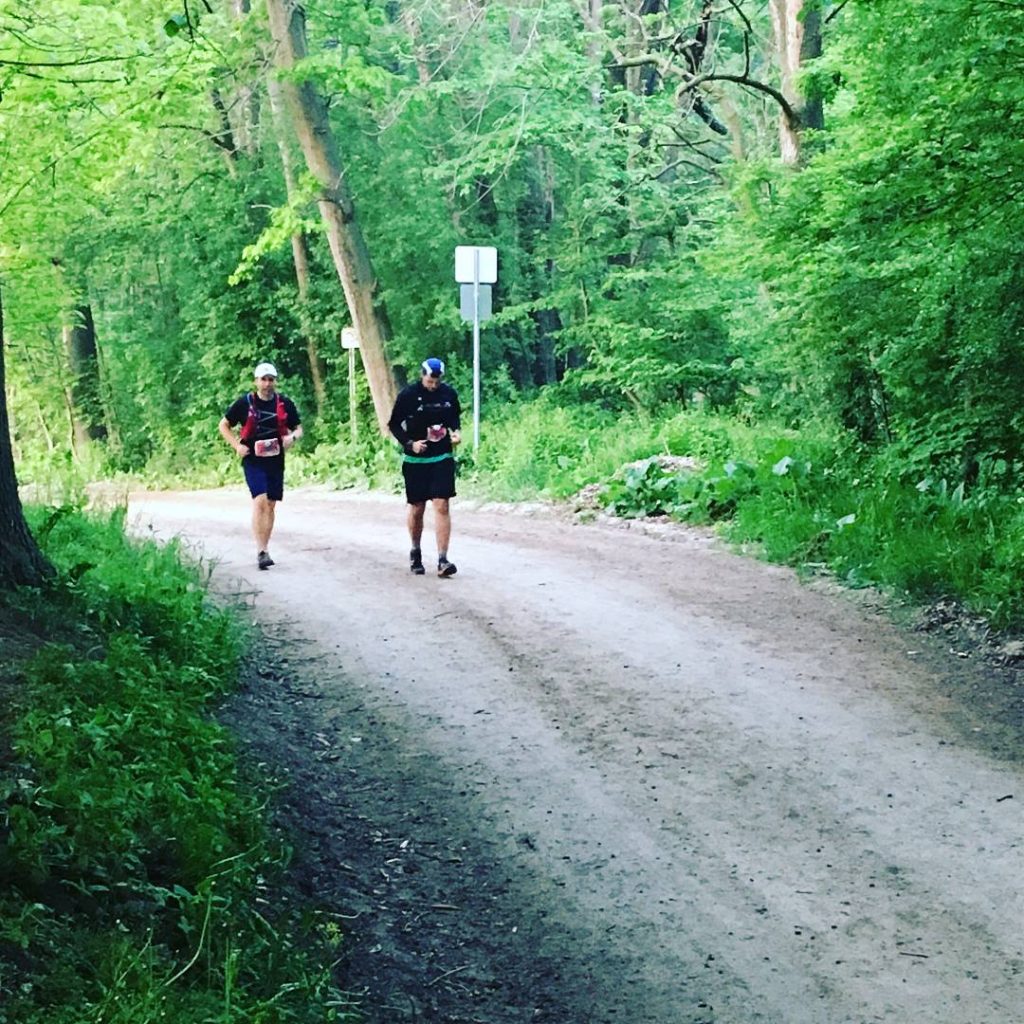
I finished loop #7 in around 3h45m which put me right around the 24 hour mark. Joe joined me for my final loop and we left base camp at around 7am. I was still doing a good job on my nutrition and we steadily made our way along the course. We finally made it to the last climb to the finish line. Joe snuck off the course as we got closer to the finish line and my wife Lindsay and our kids ran out to cheer me on. I waved over my eight year old daughter Norah and we ran through the finish line together, holding hands. I was overcome with emotion and could barely hold back the tears. My two sons James and David came to stand with Norah and I while Race Director Chris presented me with my first 100 mile belt buckle. I finished the race in 27h38m and placed mid-pack. I ran in the same heat that had previously taken me out of the Sulphur 50k race. It felt awesome to have beaten the heat – this obstacle that I had built up so much in my head.
